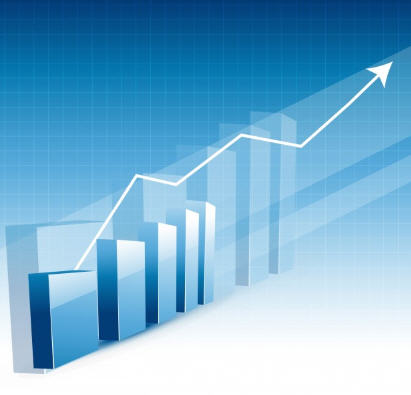Project Management Maturity Model in Organizational PM Development
 Other than project managers and team members’ skills, one factor for project management success is the organization readiness in supporting proficient project management. Most organizations realize how crucial personal competency development on project management is, as they organize human resource training and development programs consistently. Yet, human resource development is only one of many factors which support project achievement. In order to thrive and accomplish anticipated objectives, another vital project factor is promptness on standardized procedures and instruments in project management (Organization Maturity). Other than project managers and team members’ skills, one factor for project management success is the organization readiness in supporting proficient project management. Most organizations realize how crucial personal competency development on project management is, as they organize human resource training and development programs consistently. Yet, human resource development is only one of many factors which support project achievement. In order to thrive and accomplish anticipated objectives, another vital project factor is promptness on standardized procedures and instruments in project management (Organization Maturity).
To develop organization maturity is to make standardized procedures and instruments in organization project management and to measure project efficiency with the purpose of procedure improvement for more efficiency. Constantly, organizations then strengthen their managerial competencies which lead to better project and organization management under business changes and high competitions. There are 5 levels of promptness in organization management as the following:
1. Awareness Level
This level is the beginning level in the organization which starts its changes from routine-based to more project-based operations. Employees have knowledge in project management and realize how essential project management is and how it directly impacts on their business achievement. Still, there is lack of excellent and standardized work procedure. Project accomplishment depends on personal capability of each project manager. Results of the project implementation are not consistently and regularly controlled. There is no knowledge sharing in the organization. Each project often confronts the same problems again and again. At this level, organizations usually invest in organizing project management trainings for their employees. Project managers with excellent skills receive high salaries but they must work very hard by coping with many projects at the same time. They struggle and battle over limited resources in order to manage their projects.
2. Repeatable Level
To manage their project within the repeatable level, organizations start to set up standardized procedures. Nevertheless, those standards are not quite specific. There is no responsible department which sets up standard procedures and takes care of project management governance. At the repeatable level, organizations achieve some of their projects “repeatedly” and there are more information transfers and communications among projects. Project achievement depends on capability of the project team. Also, each project results are much more comparable. Organizations usually prepare for project management office which is responsible for monitoring projects.
3. Defined Level
For the defined level, Project Management Office or PMO observes project operations in the organization. Under PMO monitoring, there are procedures for project management which have the same standard levels of methodology, process, form and template for usage within the organization. Not relying only on capabilities of project managers or teams, project results are well consistent and depend on standard process efficiency which is set up by PMO. We usually describe this organization level as “Single Methodology” because project managers and teams work on the same standardized instruments and procedures. The weak point of defined level is about the efficiency of PMO setup procedures. Inefficient procedures reflect all inefficient projects. Project managers and teams may not cooperate with PMO as well as may lose their will power to carry out projects. Main success factor driving organization to this maturity level is to have experienced PMO teams which truly understand organization gradual changes and gain full and incessant supports from their management.
4. Managed Level
When organizations can oversee and monitor their project management until all projects are standardized, then it is time to evaluate their project performances to gather information for more organization development. Within the managed level, organization tends to evaluate projects in various forms such as KPI, output and outcome effectiveness, ROI or other evaluations which reflect project accomplishment. Organizations at this level must have constant project management governance and monitoring, then, it is time to set project KPI. However, KPI evaluation may not benefit organizations when governance and monitoring is irregular. For this reason, we are unable to constantly control project management to complete anticipated KPI. To reach managed level, organizations should be aware of costs of project KPI which may have effects on their operations. Furthermore, they should only select vital KPI for evaluation since various features of KPI may increase risks on operation costs and project delay.
5. Optimized Level
The utmost level of project management is to control project management procedures on the same standards, to have evaluation methods reflecting project success and to analyze evaluation results for improving procedures and for creating new standards. These will improve project management to incessantly strengthen additional organization development. At this level, organizations can respond to changes and still maintain their project management standards under volatile situations. PMO takes important roles on governing and monitoring projects in response to organization strategies and business changes in order to gain more competitive advantages.
Nevertheless, developing organization promptness on project management must be done by revising all aspects of organizations and communicating to stakeholders to accept the same goals as well as having full supports from managements as mentioned in the next article.
Arintra Panyayuttakarn (PMP)
Reference: OGC’s Portfolio, Programme and Project Maturity Model (P3M3) |
|